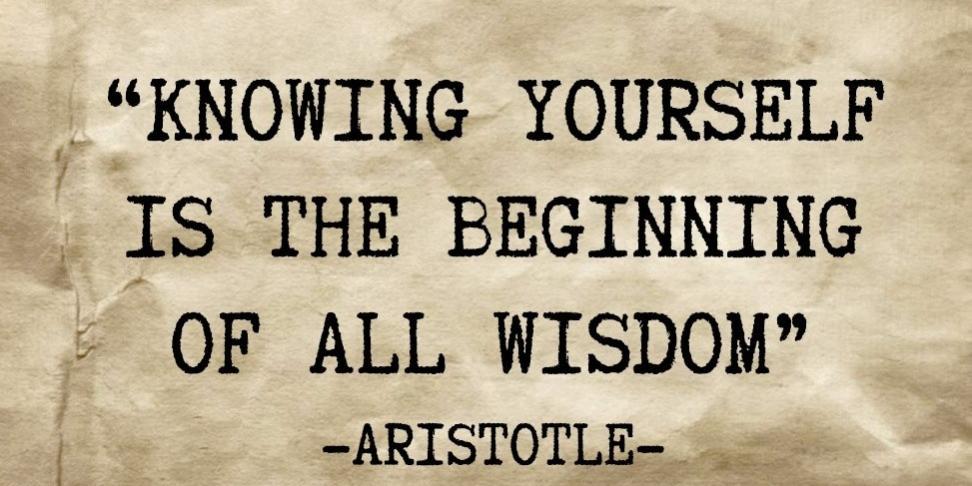Do you recognise this particular situation? Cooperating and discussing matters with people you don’t really like or want to interact with? And perhaps they might provoke a sort of allergic reaction in you?
I myself experience it now and then. And I know many PhD students do as well, sometimes even when meeting with their supervisor.
Of course, that dynamic makes it complicated. How do you make sure your ‘allergic’ reaction isn’t going to predominate and affect how these meetings will go?
For that, the Core Quadrants of Ofman are a very useful tool.
What are Core Quadrants?
Daniel Ofman invented a model that clarifies your qualities, your pitfalls, your challenges and your allergies in a useful diagram. This is the basic layout of the diagram.
CORE QUALITY → PITFALL
↑ ↓
ALLERGY ← CHALLENGE
Daniel Ofman and his model indicate how a core quality can go too far and subsequently transgress into a pitfall. Something that challenges you, in particular, is often the positive opposite of that pitfall. However, an important note is that too much of the core quality you may possess can likely be your so-called ‘allergy.’
Let me give you an example.
Let’s say one of your qualities is diligence. The moment you go too far with being diligent, you risk becoming too fussy or nit-picking. Your challenge could be to learn to let go of certain things. Yet, in the case you relax too much, negligence or sloppiness can lie in waiting. For someone who is very diligent, these habits could be perceived as an allergy, something they really cannot stand.
DILIGENT → FUSSY
↑ ↓
NEGLIGENT ← LETTING GO
Once you understand that negligence is too much of the challenge of letting go, it is easier to comprehend why you might get an allergic reaction to it. But, maybe you can learn from this when it happens.
Another example.
Imagine, someone gives a first impression of being quite arrogant, and basically is profiling and showing off oneself. Chances are, you are a modest person; however, if you take that modesty too far, it could regress to invisibility. Your challenge is then to make yourself more noticeable. You have an allergic reaction because that specific person is just very skilled in characterizing himself or herself.
MODEST → INVISIBLE
↑ ↓
ARROGANT ← PROFILING YOURSELF
Once you notice this mechanism could be in play during your meeting with a supervisor, for instance, or when dealing with someone else, it will become easier to downplay the tension between you two. And therefore, easier to handle, resulting in you being able to navigate more effortlessly through life.
It could really benefit you to dive into your ‘allergies’ according to this model and see how they might fit into a Core Quadrant. You can pick how to build your Core Quadrant. You can start either with your core quality, your pitfall, your challenge or the allergy. Take note though, beginning with the allergy as the starting point is often the easiest way.
This video will explain it all to you.
Other ways to use your Core Quadrants.
You can use the Core Quadrants to reflect within yourself and look with a different perspective on each of the four notions from the Quadrant.
Here are a few definitions to make it easier to use the model:
A core quality: a positive quality that others appreciate in you and that you encourage or demand from others.
A pitfall: an obstacle you accept in others, but might be criticised by peers, or a quality you tend to justify when it comes to yourself.
A challenge: you think you lack it, however, other people may wish you possessed it, or you likely admire it in other people.
An allergy: you really dislike having this quality or characteristic, you despise it in others, and people likely have the opinion that you should downplay it.
The Core Quadrants model by Daniel Ofman offers an easy way to gain insight within yourself, and importantly, in the way you cooperate with others. If you find it hard to detect the correct words for your Core Quadrants, you can play various Core Quadrant games to give you more possibilities and options of the core values.




